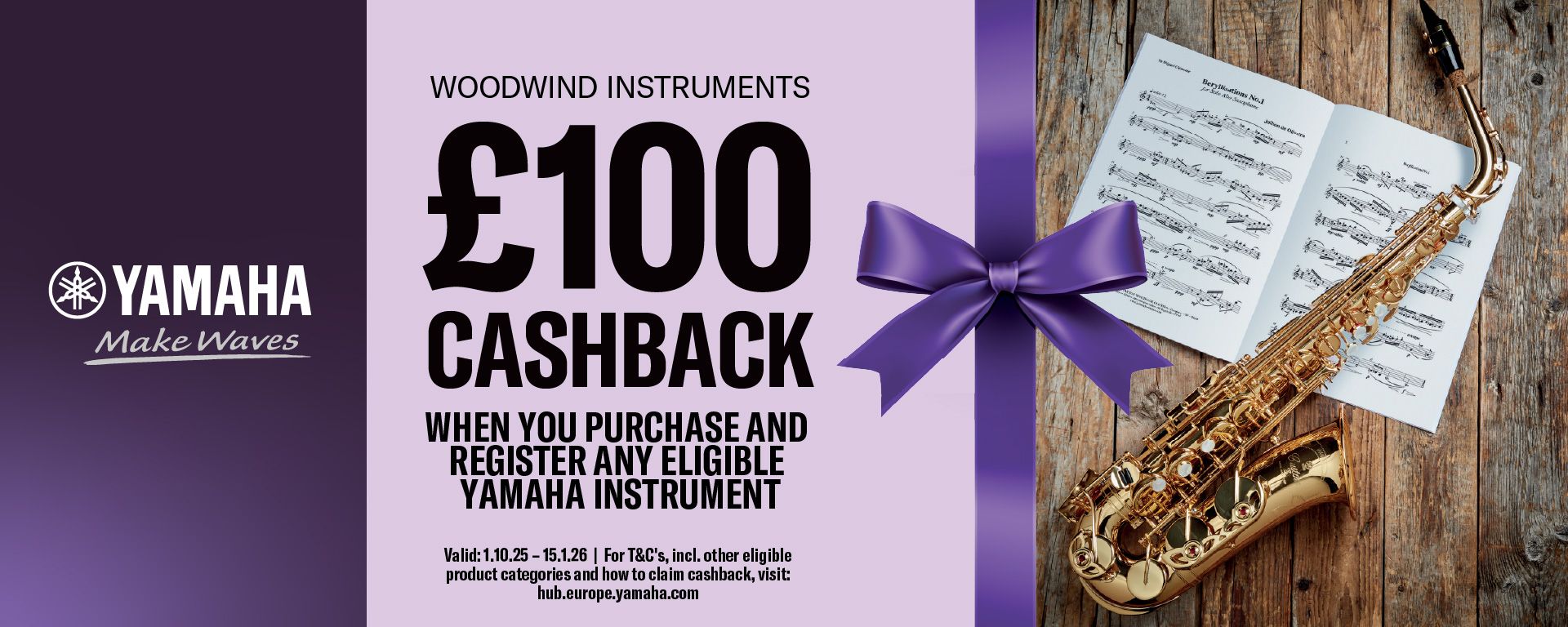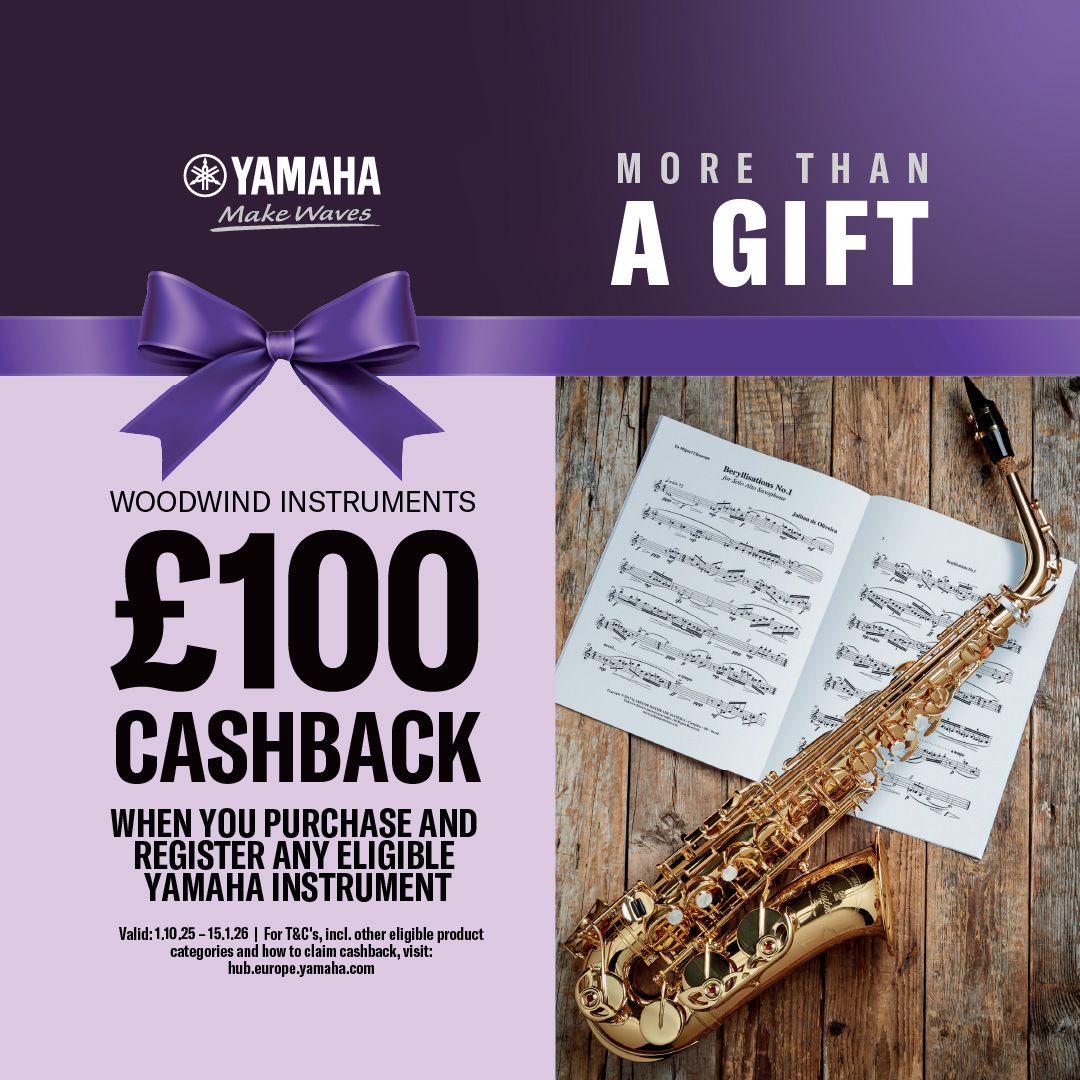Sonata for Flute and Piano
- Interesting, worth a look
- Great for teachers

CASS Magazine
This review first appeared in CASS, the magazine of the Clarinet and Saxophone Society of Great Britainand is reproduced with permission. Join CASS: prices start from £12 a year.
This work for flute and piano is a challenging yet rewarding addition to the repertoire. The piece in its entirety lasts a substantial 20 minutes, but each of the three movements will also work well as a stand-alone piece.
The opening Wide Blue Run is marked ‘exuberant’ and has a sense of rhythmic drive throughout. Much of the flute writing is comprised of legato flourishes, often in the third octave. These are particularly prevalent in the opening and final section, surrounding a calmer interlude. The piano contributes to the rhythmic energy, maintaining a quaver pulse throughout, but also maintains a dialogue with the flute by echoing the lyrical melodic style.
Memory Dance is slower and begins with an introspective feel. The cantabile flute writing lends itself to expressive playing, and although there seem to be ‘memories’ of the previous movement in some of the rhythms used and melodic contours, the overall mood is for the most part more subdued. A passage in 6/8 starts ‘tentatively’, becoming louder and faster until the lilting dance of the title is reached. Here, the flute and piano are often heard in rhythmic unison, with much of the flute writing in the third octave. The dance ends abruptly and there is a brief transition before the opening melody returns.
The composer defines the word ‘kludge’ (as in the title of the final movement, Kludge March) as: ‘a system, ... that is constituted of poorly matched elements or of elements origi-nally intended for other applications’. This definition is apt, and although it doesn’t necessarily sound like a flattering one, the music here is a jumble of ideas, combined in a way that is comical to listen to and fun to play. The opening is bold and has the tempo and melodic character of a march, although with plenty of chromaticism in the melody. This theme is later punc-tuated with others in contrasting musical styles—namely ragtime and tango, and the result is an entertaining collage that appears to knowingly poke fun at itself.
It is interesting that the title of each movement came after the music was completed, as opposed to inspiring the compositional process; while not directly programmatic, they are indicative of the moods the performer might aim to express. While each of the movements will take some practice to get up to tempo, once accomplished, this work will be an enjoyable one to play and to listen to and is highly recommended for advanced level players.
Laura Beardsmore
From the Publisher
An ambitious and engaging three-movement work for flute and piano written in 2003. The duration is approximately 20 minutes.
Commissioned by the Texas Music Teachers Association. I was fortunate enough to work with two outstanding performers (Dr. Diane Boyd Schultz, and Dr. James Pitts) and the resulting piece, as well as its premiere in Arlington, were great successes. The movement titles came after the notes were finished, so the work is not programmatic nor representative as such, but the names do serve to express the moods and ideas I was attempting to convey. "Wide Blue Run" (a wide intermediate slope in skiing parlance) focuses on form, speed, exhilaration, beauty and grandeur. "Memory Dance" is a much more introspective and moody journey. The melodic figures seemed dance-like to me, but without the immediacy of the present. As I composed, the idea of remembering dances from the past solidified into a unifying device. "Kludge March" is best described by the definition of the word kludge: "a system, ... that is constituted of poorly matched elements or of elements originally intended for other applications. A clumsy or inelegant solution to a problem." I did not know this word until I finished the movement and was trying to find a title that captured the spirit of what I had done. I ran across it in a thesaurus and loved the sound of it, and then was delighted to find that its meaning was a perfect fit. The form of this movement is roughly that of a rag or march, while the content is somewhat . . . well, . . . you'll see.
Performance duration (approx): 20'00
Movements
- Wide Blue Run
- Memory Dance
- Kludge March
Item Details
Our Stock Code: 1433883Instrumentation
- Part 1: Flute
- Part 2: Piano
Category: Contemporary Flute and Piano Music
Publisher: Alias Press
Publisher's reference: 494-03100
Media Type: Paperback (27 pages [score])
Country of Origin: USA
HS Code: 49040000

